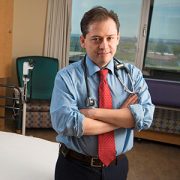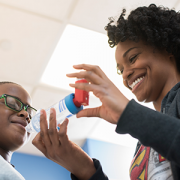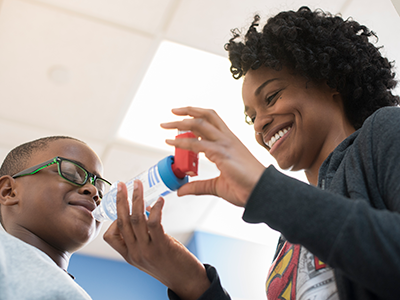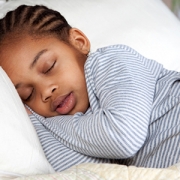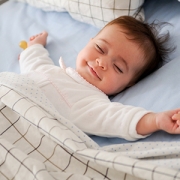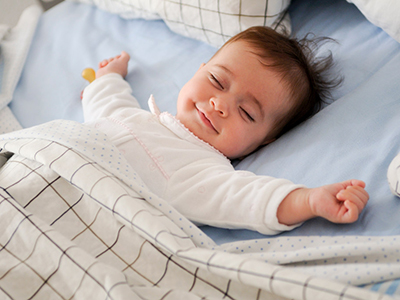Gustavo Nino, M.D., honored with national award from American Thoracic Society
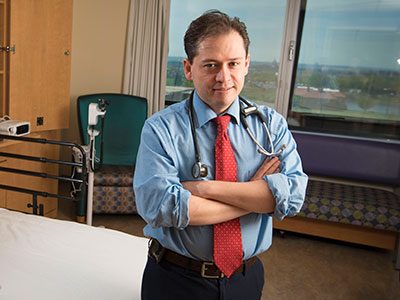
Gustavo Nino, M.D., a pulmonologist who directs the Sleep Medicine program at Children’s National, was honored by the American Thoracic Society with The Robert B. Mellins, M.D. Outstanding Achievement Award in recognition of his contributions to pediatric pulmonology and sleep medicine.
“I am humbled and pleased to be recognized with this distinction,” says Dr. Nino. “This national award is particularly special because it honors both academic achievements as well as research that I have published to advance the fields of pediatric pulmonology and sleep medicine.”
After completing a mentored career development award (K Award) from the National Institutes of Health (NIH), Dr. Nino established an independent research program at Children’s National funded by three different NIH R-level grants, an R01 research project grant; an R21 award for new, exploratory research; and an R4 small business/technology transfer award to stimulate research innovation.
The research team Dr. Nino leads has made important contributions to developing novel models to study the molecular mechanisms of airway epithelial immunity in newborns and infants. He also has pioneered the use of computer-based lung imaging tools and physiological biomarkers to predict early-life respiratory disease in newborns and infants.
Dr. Nino has published roughly 60 peer-review manuscripts including in the “Journal of Allergy and Clinical Immunology,” the “European Respiratory Journal,” and the “American Journal of Respiratory and Critical Care Medicine,” the three top journals in the field of respiratory medicine. He has been invited to chair sessions about sleep medicine during meetings held by the Pediatric Academic Societies, American College of Chest Physicians and the American Thoracic Society (ATS).
Dr. Nino also has served as NIH scientific grant reviewer of the Lung Cellular and Molecular Immunology Section; The Infectious, Reproductive, Asthma and Pulmonary Conditions Section; and The Impact of Initial Influenza Exposure on Immunity in Infants NIH/National Institute of Allergy and Infectious Diseases Special Emphasis Panel.
In addition to his research and academic contributions, over the past five years Dr. Nino has led important clinical and educational activities at Children’s National and currently directs the hospital’s Sleep Medicine program, which has grown to become one of the region’s largest programs conducting more than 1,700 sleep studies annually.
He has developed several clinical multidisciplinary programs including a pediatric narcolepsy clinic and the Advanced Sleep Apnea Program in collaboration with the Division of Ear, Nose and Throat at Children’s National. In addition, Dr. Nino started a fellowship program in Pediatric Sleep Medicine accredited by the Accreditation Council for Graduate Medical Education in collaboration with The George Washington University and has served as clinical and research mentor of several medical students, pediatric residents and fellows.


